Combining the Veil and Cute Culture

Arleb by Nabad interviews visual artist Zahraa Hayat who self-identifies as a visibly Muslim woman with an invisible disability. Since taking fiber and textile art classes at the university, the veil has been the main object in her art practice but also a referential attribute for her paintings. Working mainly with painting and drawing, she explores the importance of how dolls can play on one’s individuality.
Arleb by Nabad – What is your background?
Zahraa Hayat – I was born and raised in Tiohtià:ke/Montreal. I’ve studied visual arts since I was 16 years old. I moved to Lebanon in the summer of 2019.
Arleb by Nabad – What is the experience that has influenced your work the most?
Zahraa Hayat – When I took fibre art classes during university. I loved the flexibility of fabric and how it carries diverse histories. My projects were mostly about the veil which reaches cultural, religious and political ideas. At the same time I enjoy painting, and I’m inspired by the big eyes and the cute culture. I have decided to combine the concepts of the veil and the cute culture in painting.
Arleb by Nabad – Which subjects or themes are you working on?
Zahraa Hayat – I’m currently reading ‘The Power of Cute’ by Simon May and ‘Our Aesthetic Categories: Zany, Cute, Interesting’ by Sianne Ngai. I’m also interested in Islamic art, specifically miniature paintings, and the Islamic Golden Age. I have already created a painting, A Sacred Place, where these themes are combined. I want to extend my project based on both ideas.
Arleb by Nabad – What is your creative process like?
Zahraa Hayat – I use my doll as a model. I put a piece of fabric on its head as if it is wearing a veil and I photograph it. Afterwards I begin to lay out on paper the way I want to position my figure and transfer it on the main piece.
Arleb by Nabad – What was the impact of the Beirut port explosions (August 4, 2020) on your work as an artist/creative enterprise?
Zahraa Hayat – Being prevented from visiting art galleries and museums for gaining inspiration. But also being interrupted from opportunities.
Arleb by Nabad – What are, according to you, the roles of arts and culture in social, economic, environmental or political change?
Zahraa Hayat – Arts and culture can never be more than a vehicle for the communication of perceived need for change.
Arleb by Nabad – What are, according to you, the main challenges/obstacles facing artists/creative enterprises in Lebanon nowadays?
Zahraa Hayat – Receiving funds, having a support system, room for creation and gaining access to representation. Government funding for the arts is absent in Lebanon so art organizations widely receive money from foreign funds, philanthropy, and community donations.
CHECK OUT ZAHRAA HAYAT PROFILE AND ARTWORKS FOR SALE ON ARLEB.

